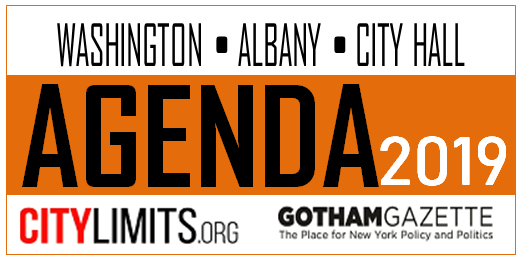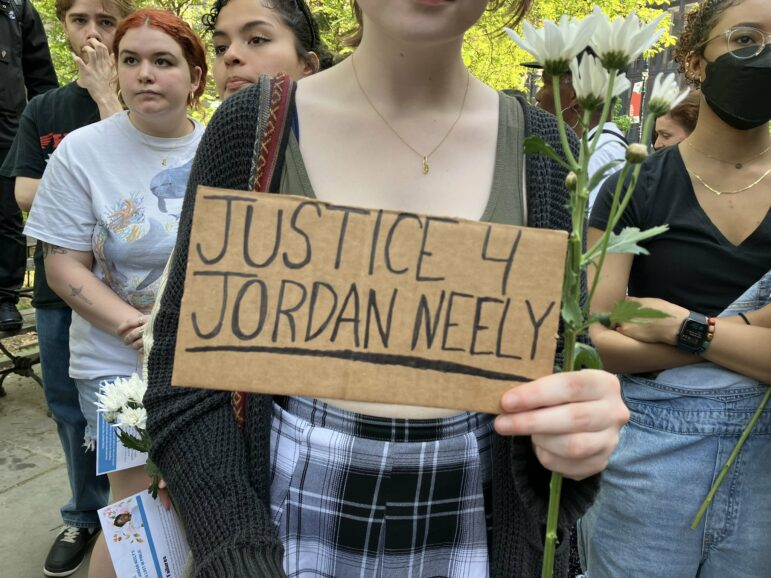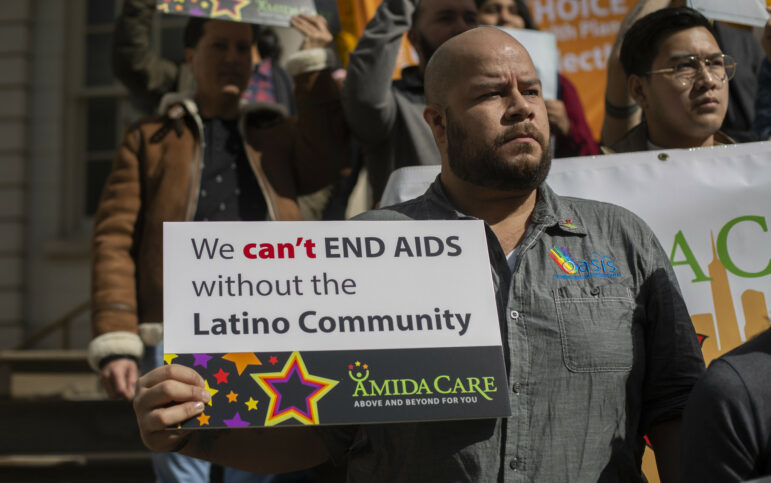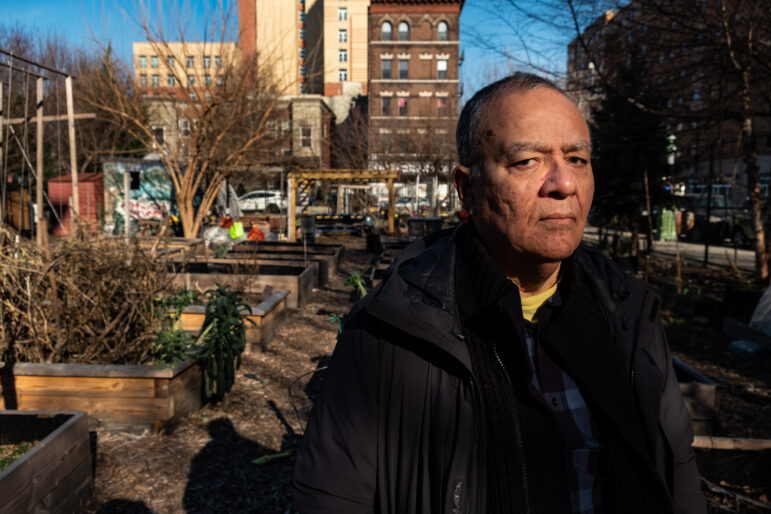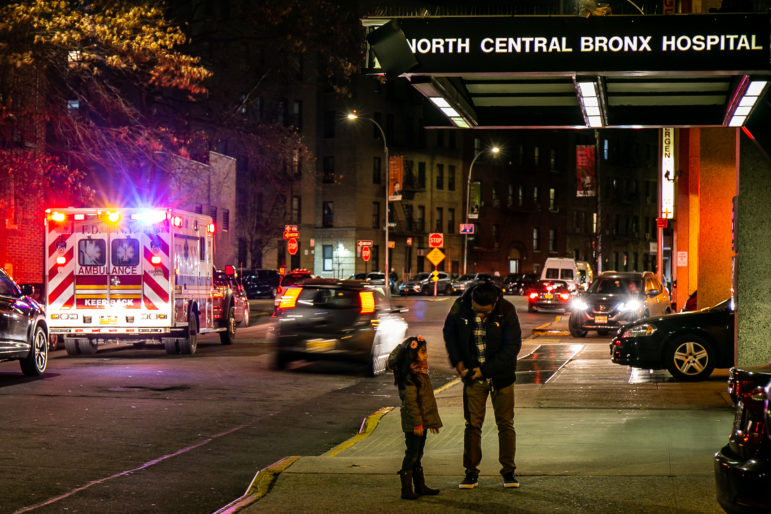
Adi Talwar
North Central Bronx Hospital. Wessler writes that under the current system, 'There are strong patterns of discriminatory funding toward large institutions while shorting dollars to community hospitals.'
For many years, the issue of health insurance coverage has been at the forefront of health policy debate. The issue intensified during the fight over passage of the Affordable Care Act, otherwise known as ‘Obamacare.’ That law focused on increasing the number of Americans who have gained coverage, the idea of maintaining coverage despite pre-existing conditions, and other benefits. Not addressed, and what remains a problem, is the delivery of medical/healthcare services: by whom, for what, and how. Also not addressed, was a need to focus on prevention and different priorities for spending.
Federal policy has a significant impact on state health programs. However, states also have the ability to design some health programs and spending. For example, Medicaid is a state and federal program, where the feds set the general policy and pay for a portion of the costs and the state has the ability to shape programs and financing.
For over 20 years, legislation has been introduced by Richard Gottfried in the Assembly to enact a Single Payer system, also known as ‘Medicare for All’ or the New York Health Act (A.4738-A/S4840-A). The organizing for this legislation has grown mightily over those years, moving from being primarily professionally led to reflecting a broad movement of support. The prospects for the state legislation this year have grown exponentially through that organizing and the take-over of the Senate leadership by Democrats. Senator Gustavo Rivera, the new chair of the Health Committee, is now the prime sponsor in that house of the single-payer bill. There is, however, growing opposition—an important sign of how much support the bill has achieved. It will be up to the governor to take a position if both houses vote to support this bill. Despite his pre-election move to the left, the governor may revert to his old self, and veto it.
With passage of the New York Health Act, and if the governor chooses to sign the bill, our state will have taken a major step to address one of the critical issues facing consumer and providers in the health system. Insurance and paying for care are a major barrier in the current medical care system.
But even with this critical advance, not all of the health system’s problems will go away,
What are some of those problems? Good old racism, lack of cultural competence, and class-based discrimination are still very prevalent. A preponderance of healthcare dollars is targeted toward large academic hospitals with a focus on highly specialized care. Little money is targeted to prevention and public health services which could have a tremendous impact on the health of residents. Communities, special populations, are pitted against each other to compete for dollars for programs. Health planning is focused on institutions rather than on the health of the community and there is very little room for consumers/communities to be involved, even though more and more studies have shown the tremendous difference that can be made through real community interventions.
Some examples are important. There are strong patterns of discriminatory funding toward large institutions while shorting dollars to community hospitals, often resulting in the small hospitals having to be absorbed by the “big guys” or being forced to close leaving underserved communities with fewer services available
Two years ago, after several years of lobbying and two years of both state houses approving language that was vetoed by the governor, he finally agreed to a definition in the public health regulations, of Enhanced Safety Net hospitals, with the goal of directing more Medicaid dollars to these facilities. We now have the language but no specific ongoing dollars as yet are attached. Actually, the legislature has allocated some dollars in the past two years, but not a penny has as yet reached the public hospitals. The purpose of fighting for the definition was to ensure that needed resources are targeted to those hospitals that provide care to uninsured patients and serve high numbers of Medicaid patients. Medicaid does not pay for the full cost of care, leaving holes in the budget of community hospitals in low income, immigrant and communities of color.
Another fight right now is over the channeling of funding under the state’s Indigent Care Pool (ICP) and federal dollars from the Disproportionate Share Hospital funds (DSH). These funds are meant to help pay for the cost of the uninsured and targeted to high Medicaid-serving hospitals. But for 35 years, these funds were not always directed in this way.
In the 2018 state budget, language was inserted that an ICP Work Group be set up to make recommendations for the needed change in the distribution of these funds. There are two important proposals that were presented to the Work Group; one from the New York City Health and Hospitals/community coalition and the other from the New York State Nurses Association. These proposals are in sync with each other. There are some large non-profit hospitals that are making a profit. Well-resourced institutions would lose some funding under these proposals—money that would then be directed to public and safety net hospitals, both urban and rural. It will be important to see if the state Health Department and the governor are willing to support these proposals and redirect these important dollars.
There are two more funding streams that, if used properly, could make a big difference in what’s happening in many communities. One is a state Public Health Prevention source of dollars that has been planned without community involvement. The other is the flow over five years of $8.2 billion in federal Delivery System Reform Incentive Payment
money meant to transition the health system and reduce the numbers of unneeded emergency visits and hospitalizations. Twenty-three of the 25 local entities funded under this program were controlled by hospitals and at least for the first two to three years the funding was not were not monitored nor was the money well-directed. The state had to be pushed to set up an Ambulatory Care Committee in order to emphasize moving resources into this care. Another strong push from the community focused on involving and contracting with community-based organizations and community-based providers to change and improve the locus of care delivery, along with worker retraining and new positions to meet the needs. There is a little more than one more year in funding left to accomplish the goals set for this program.
Meanwhile, there is slow-growing recognition that medical care itself is only a part of addressing health status. A phenomenon that we used to call “the activities of daily living” and is now termed the Social Determinants of Health—things like housing conditions, access to food, education, and social supports–is gaining more attention as a medical issue. If you’re worried about the rat and draft in your apartment it’s hard to focus on being healthy. If you’re worried about a legal problem, have no support system, blood pressure and sugar count can go up
The passage of the New York Health Act will be a very important step in changing and improving the medical care system and we should all be involved in ensuring that this happens. But then we need to do more.
The other programs described above are the key pieces of what needs to happen to change medical-care delivery and improve the healthcare system with resources being used to set right some of the problems and inequities in our society. Advocates must look beyond the insurance issue to truly cure what ails New York.
Judy Wessler is a community health advocate and former director of the Commission on the Public’s Health System.


